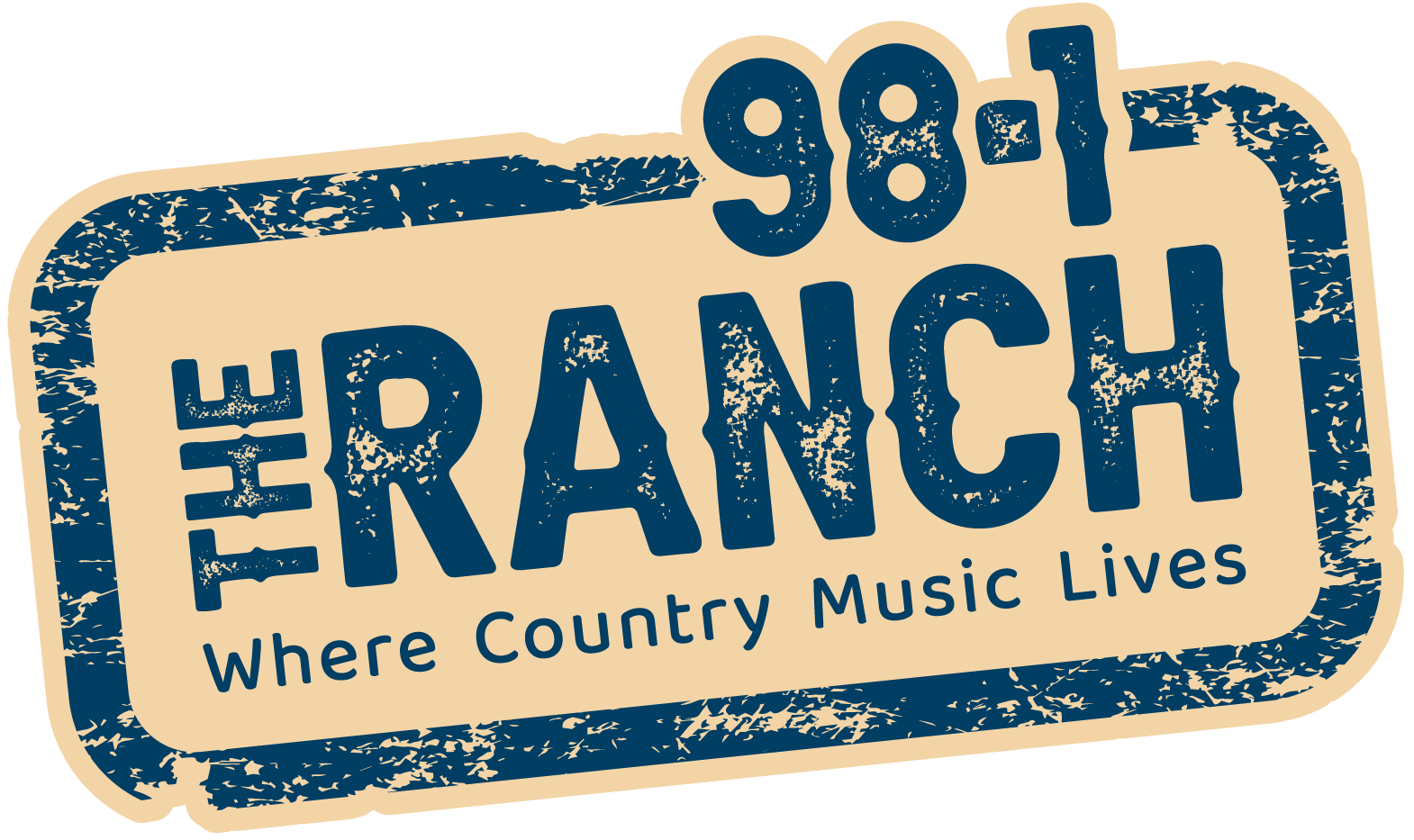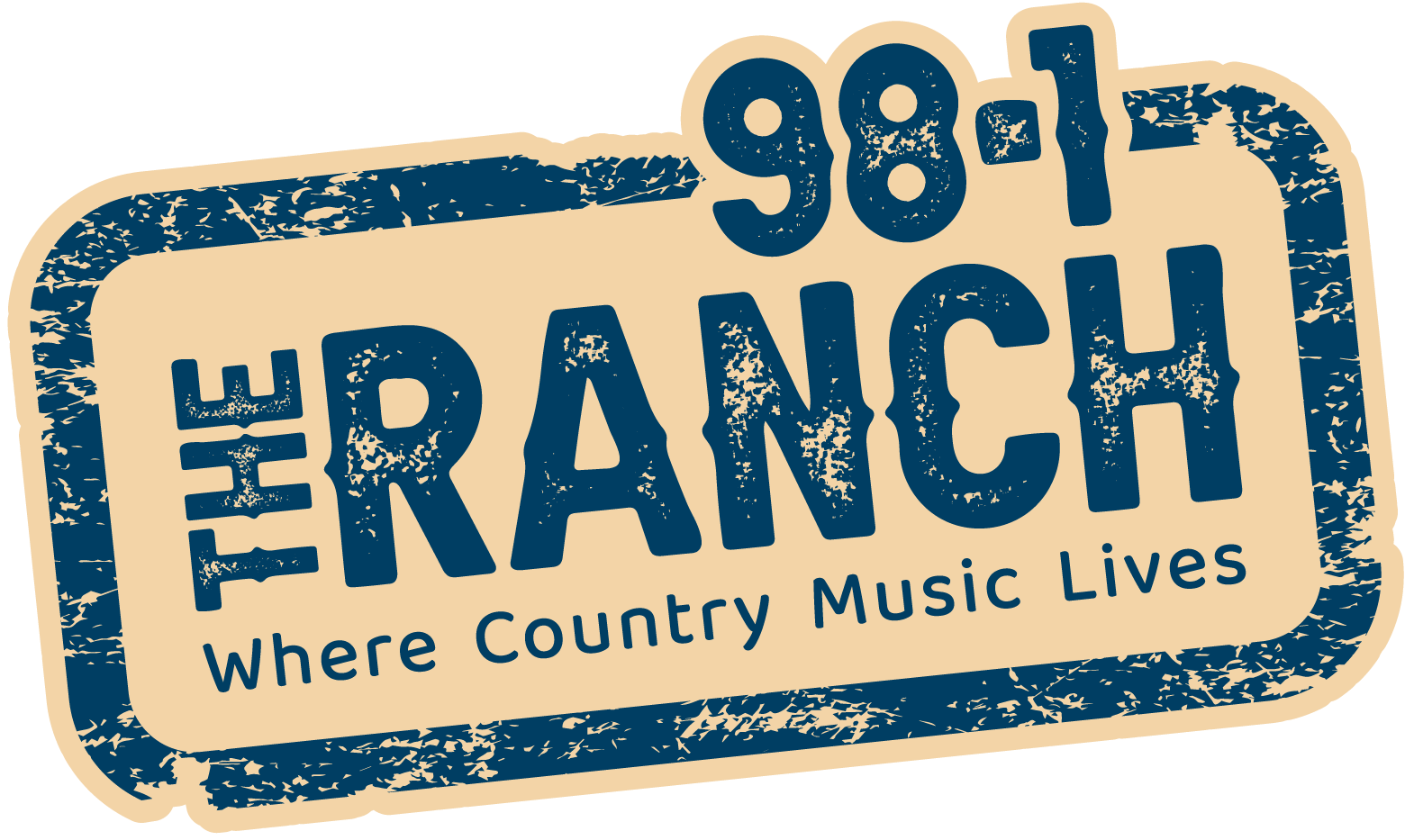Based on a family of four and the City of Lethbridge’s April residential water rate of $1.327 per cubic metre, the following are ways residents can save money and conserve water outdoors.
According to the City, a standard oscillating lawn sprinkler can use up to 1,800 litres of water every hour. If a family of four waters three times per week, that’s about 21,600 litres a month. Over a full summer, that number jumps to almost 70,000 litres. That removes more than $90 from the family of four’s summertime budget. The best way to save money and to conserve water in this situation is simply put – water less.
“Most lawns are overwatered,” says Kathleen Sheppard, executive director of Environment Lethbridge. “If you must water your lawn, use a timer to limit the amount of water you’re using.”
Overwatering the lawn can rot the roots, killing the grass. A wet, muddy lawn can also suffocate. If you aren’t sure whether your lawn is hydrated, walk across it. If the grass rebounds when you step on it, it’s likely well-hydrated and doesn’t need water.
Watering at the right time is also key. A family of four should avoid watering in the heat of the day. The ideal times to water are before 10 a.m. and after 6 p.m. This can save up to 50 per cent of the water that might otherwise be lost to evaporation. And, of course, watch out for southern Alberta wind. It can carry away most of the water meant for your lawn and garden. Finally, take advantage of free water. Keep the sprinklers off when Mother Nature provides rain.
Use mulch to keep water in the soil and prevent evaporation. Spread mulch around the base of trees, shrubs, perennials and even in vegetable gardens. A good layer of mulch can reduce watering needs by up to 55 per cent.
“Mulching is one of the best ways to keep water in the soil,” adds Sheppard. “For your lawn, grasscycling or leaving grass cutting on your lawn after you mow, provides the same benefits and adds nutrients to your soil.”
Mulch comes in many forms. Some organic options include wood chips, straw and leaves. Inorganic mulches include rock and gravel. Plan to use between three to six inches of mulch to maximize its effectiveness.
The City of Lethbridge offers free mulch to residents. It can be picked up at Peenaquim Park, while supplies are available.
A freshly mowed lawn may look and smell great, but it’s not ideal for water consumption. A longer lawn shades the soil, helping retain moisture. Mowing less can also allow the roots to dive deeper into the soil for water and nutrients. The ideal height for most southern Alberta grass is between 7.5 and 10 centimetres.
Choosing a drought-resistant grass is also important in southern Alberta’s climate. Look for grass seeds that include Tall Fescue, Fine Fescue and Kentucky Bluegrass. Drought-tolerant grasses not only survive dry spells – they can even retain their green colour. Planting the grass in early fall or spring will help speed up seed germination, ensuring a healthier lawn.
There is an easy opportunity for a family of four to conserve water and save money outdoors. The combination of a longer, drought-resistant lawn and the use of mulch could reduce their watering to one day per week. That would conserve around 46,000 litres of water and save the family upwards of $60 over the course of a summer.
Other water-smart methods to conserve water in the yard include: collecting rainwater for use in the garden; watering the base of plants, rather than pouring the water on top; Hydrozoning the garden – grouping plants with similar water requirements together, with plants requiring less water placed further away from the water source; and sweeping outdoor areas instead of hosing them down.






